Amid uncertainty surrounding the future of the Andretti Formula 1 project, the team has recently provided a glimpse into its ambitions by revealing images of its wind tunnel model. The intricacies of the design hint at a strategic approach, drawing comparisons to the successful Red Bull model and showcasing the team’s progress in the competitive realm of Formula 1.
Facing the Unknown: Andretti’s Calculated Gamble
As questions loom about the continuation of the American outfit’s F1 venture, the decision to unveil its wind tunnel model suggests a commitment to the project, even in the face of uncertainties that may linger until 2028. The visual revelations hint at the strides made by Andretti in realizing its F1 aspirations, offering enthusiasts and experts alike a closer look at the team’s technical direction.
Design Dynamics: Red Bull Resonance
Undoubtedly, the design prompts immediate comparisons with Red Bull, notably in the configuration of the sidepods and other intricate elements. While the resemblance to Red Bull’s successful RB19 design is undeniable, it’s crucial to note that the F1 grid, in general, has gravitated towards this design variant owing to Red Bull’s triumphs.
Andretti’s model, however, seems to align more closely with Red Bull’s RB18, particularly in the inlet design and wing mirror configuration. The sidepod’s aerodynamic features, including the floor edge detail, present similarities with the RB18, indicating a nuanced approach in capturing aerodynamic efficiency.
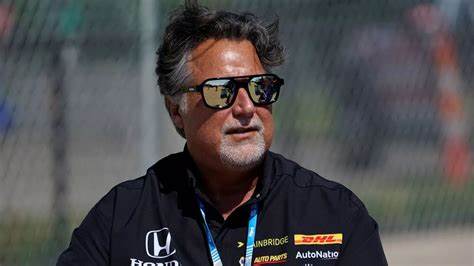
Read more:
- Dive into the Details: Haas F1 Car’s Design Exposed in Launch
- Ferrari Secures Hamilton for F1 2025 Amidst Mercedes Exit Confirmation
- Ryan Hunter-Reay, Conor Daly Join DRR for Indianapolis 500
- Court decision goes against De Vries in loan and F1 earnings dispute
Under the Hood: Similarities and Divergences
Examining the finer details, the Andretti design showcases pull rod front suspension, reminiscent of Red Bull’s configuration, especially resembling the successful RB19 layout. While Red Bull is not the sole user of such suspension, Andretti’s adoption underscores a strategic convergence in design philosophy.
The front wing and nose incorporate elements inspired by various teams, but one standout feature is the slot gap separator brackets connecting the upper two wing elements. This departure from the conventional horseshoe-style brackets emphasizes a commitment to creating outwash, contributing to aerodynamic performance.
Wing Wizardry: Rear-End Revelations
The rear end of the Andretti model introduces familiar features seen in other teams’ designs. The rear wing, notably with open-end style wingtips, aligns with solutions presented by Aston Martin and Alpine in the 2023 season. This innovative approach aims to optimize the rear wing’s performance beyond regulatory expectations, showcasing Andretti’s pursuit of efficiency in aerodynamics.
Unanswered Questions: The Mystery Persists
While the unveiled images offer intriguing insights, some aspects remain shrouded in mystery. The angle of the image limits a comprehensive view of the floor’s leading edge and its fence arrangement. These undisclosed elements, crucial in decoding the aerodynamic secrets of the Andretti design, add an air of mystery to the team’s approach.
Conclusion: Andretti’s Formula 1 Odyssey Unfolds
Andretti’s foray into Formula 1 continues to captivate enthusiasts and industry observers. The wind tunnel model serves as a visual testament to the team’s commitment, progress, and strategic alignment with successful design principles seen across the grid. As the project navigates uncertainties, the unveiled design hints at a calculated gamble, echoing the team’s resolve to leave an indelible mark in the highly competitive world of Formula 1.
In the ever-evolving landscape of F1, Andretti’s design journey adds another layer of intrigue, and as the project unfolds, motorsport enthusiasts await the day when the American outfit takes to the track, showcasing the culmination of its technical prowess and competitive spirit.

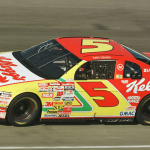





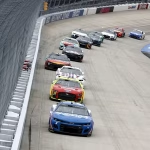
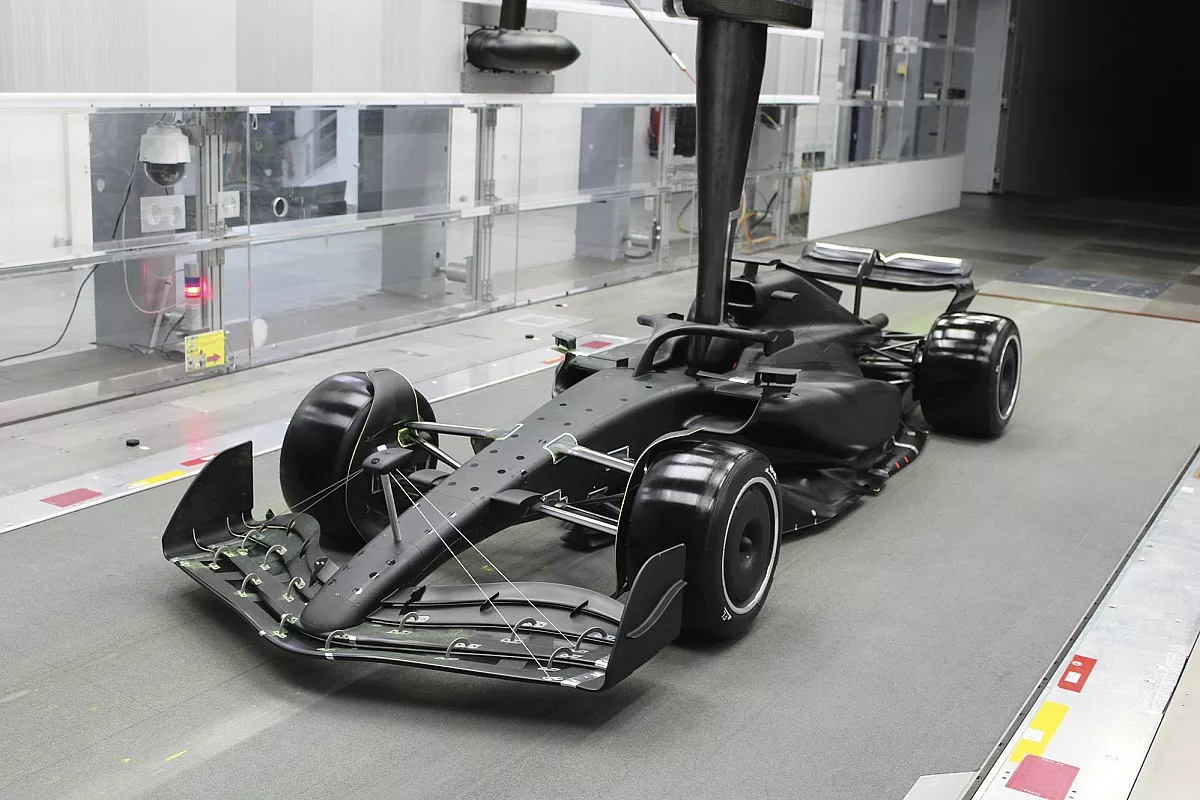
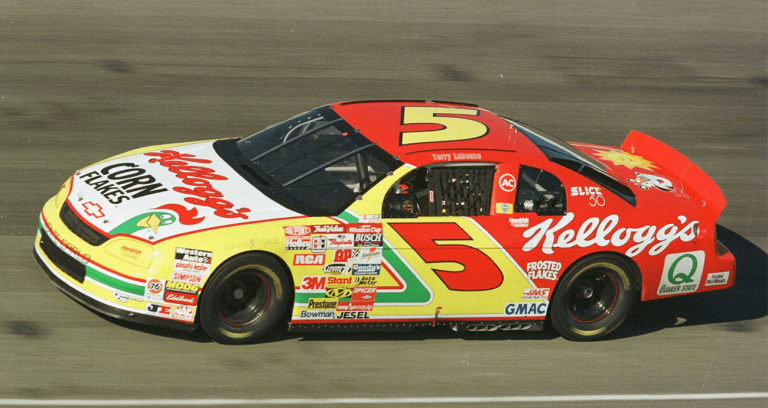
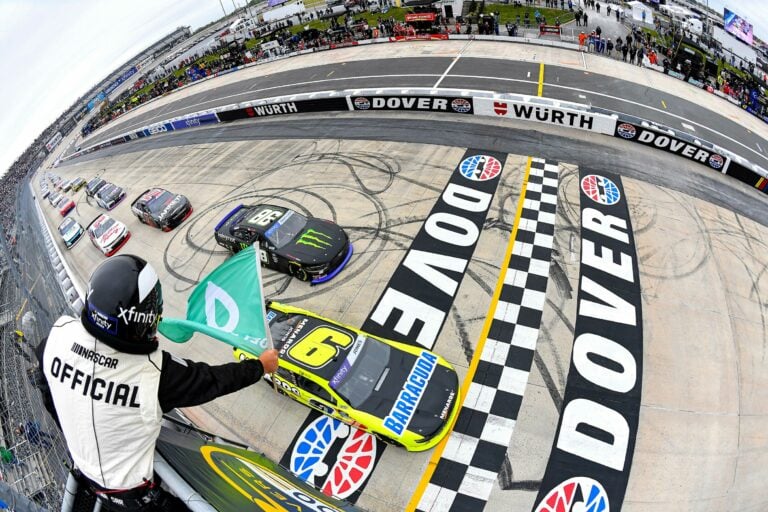

+ There are no comments
Add yours